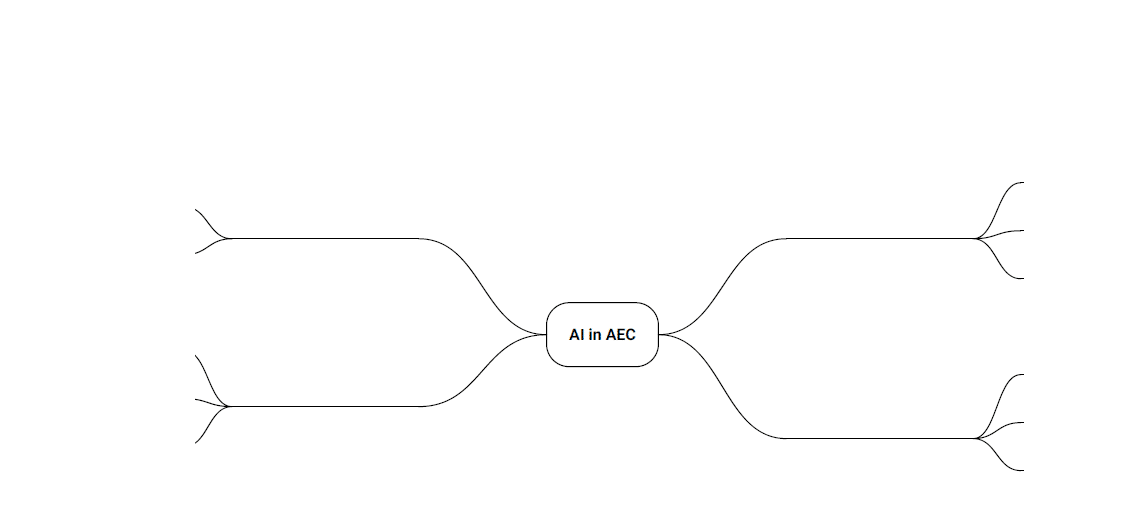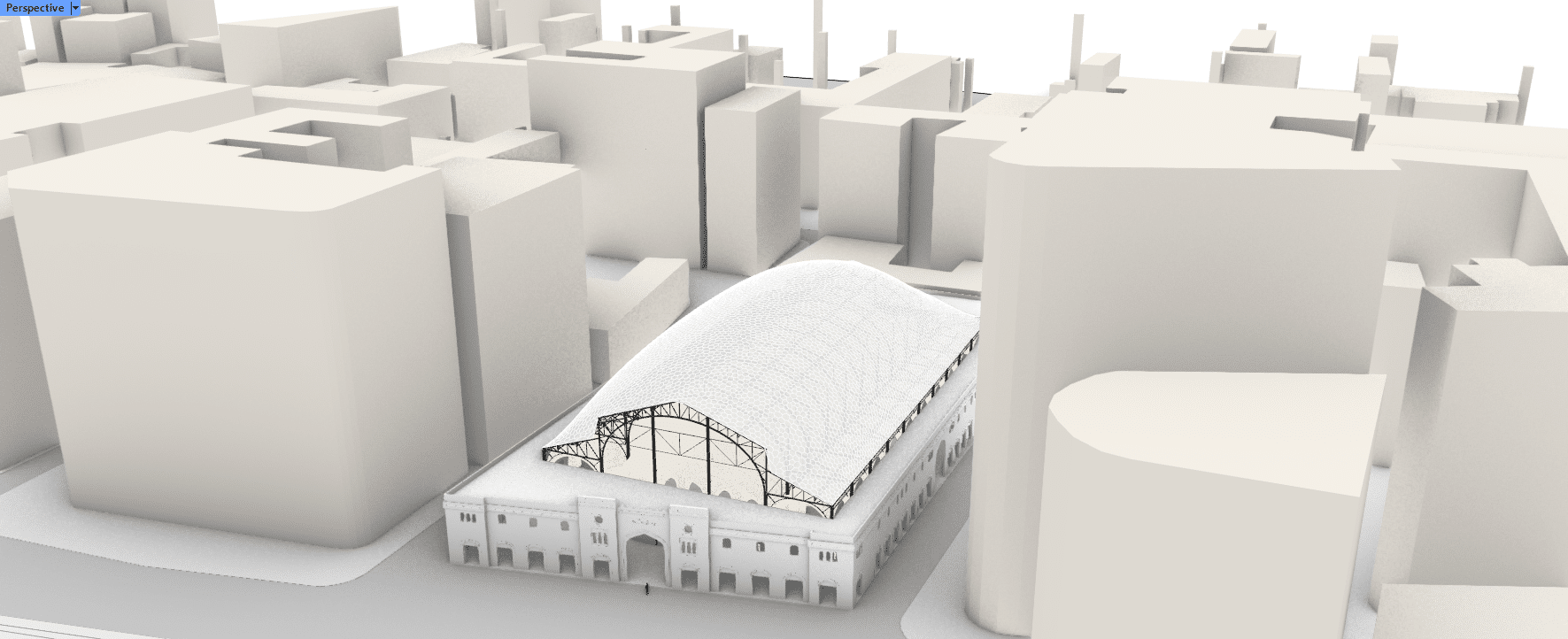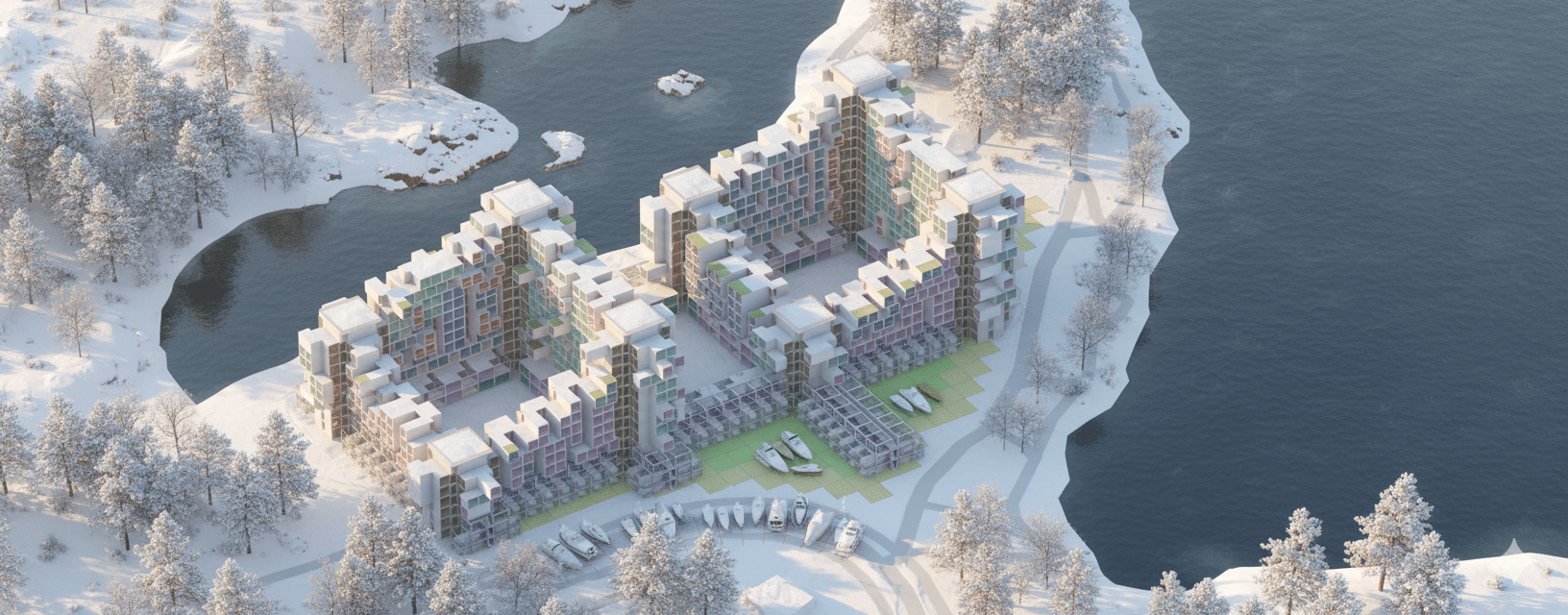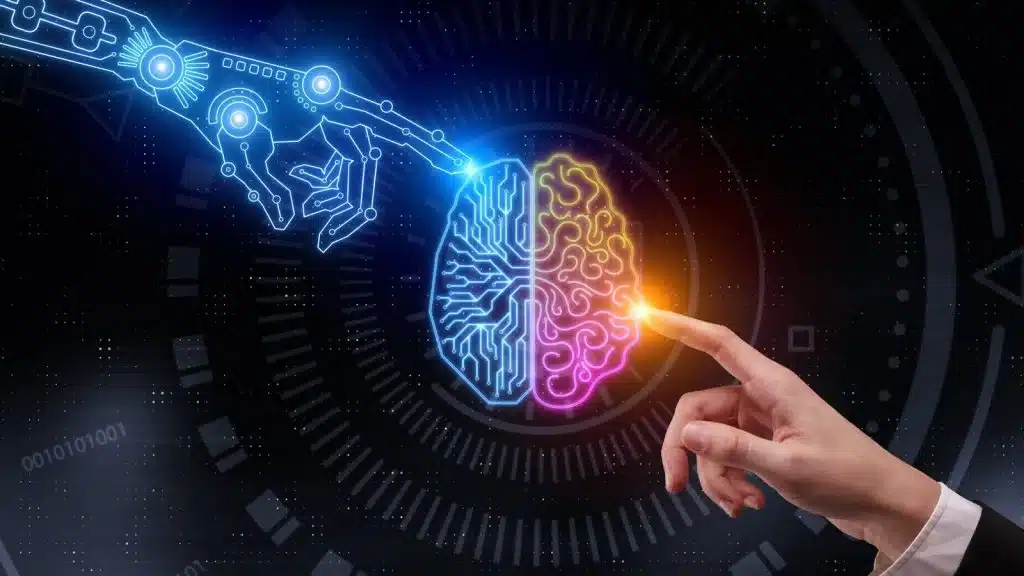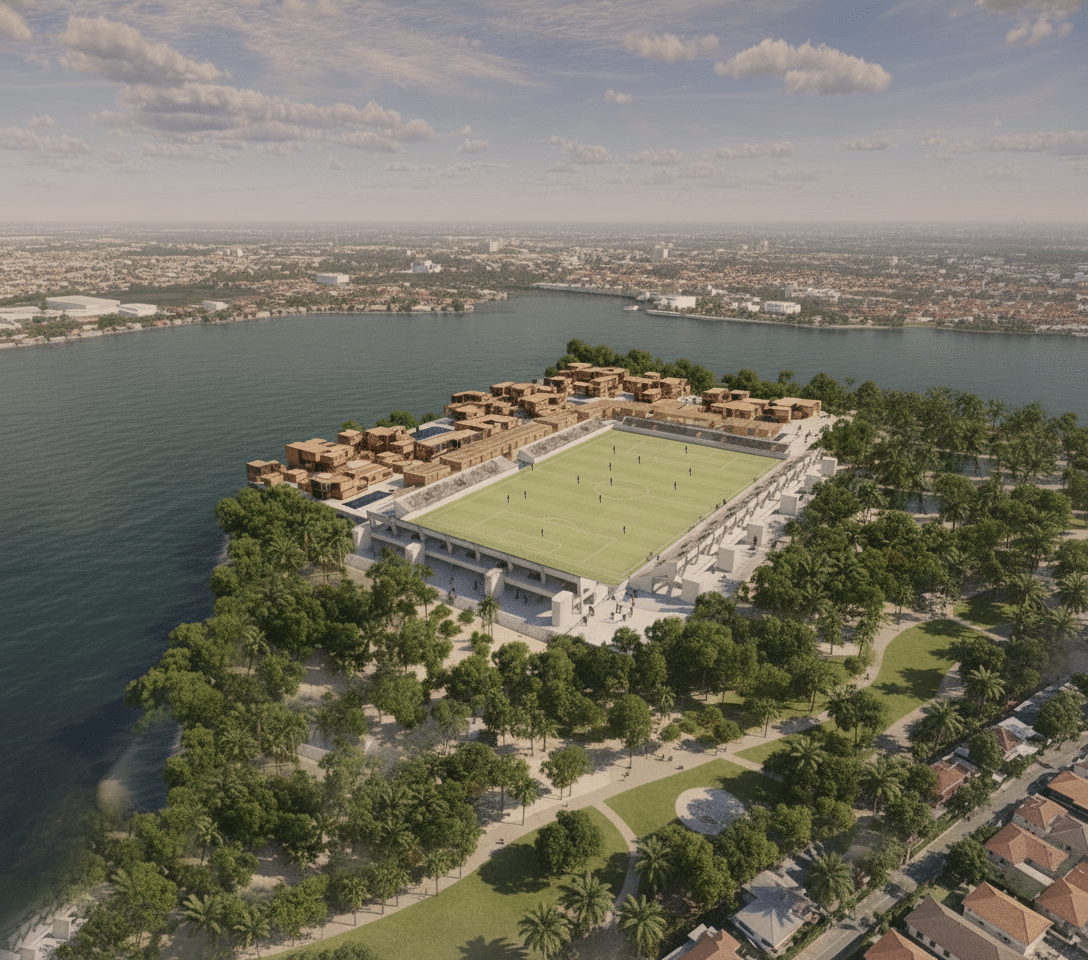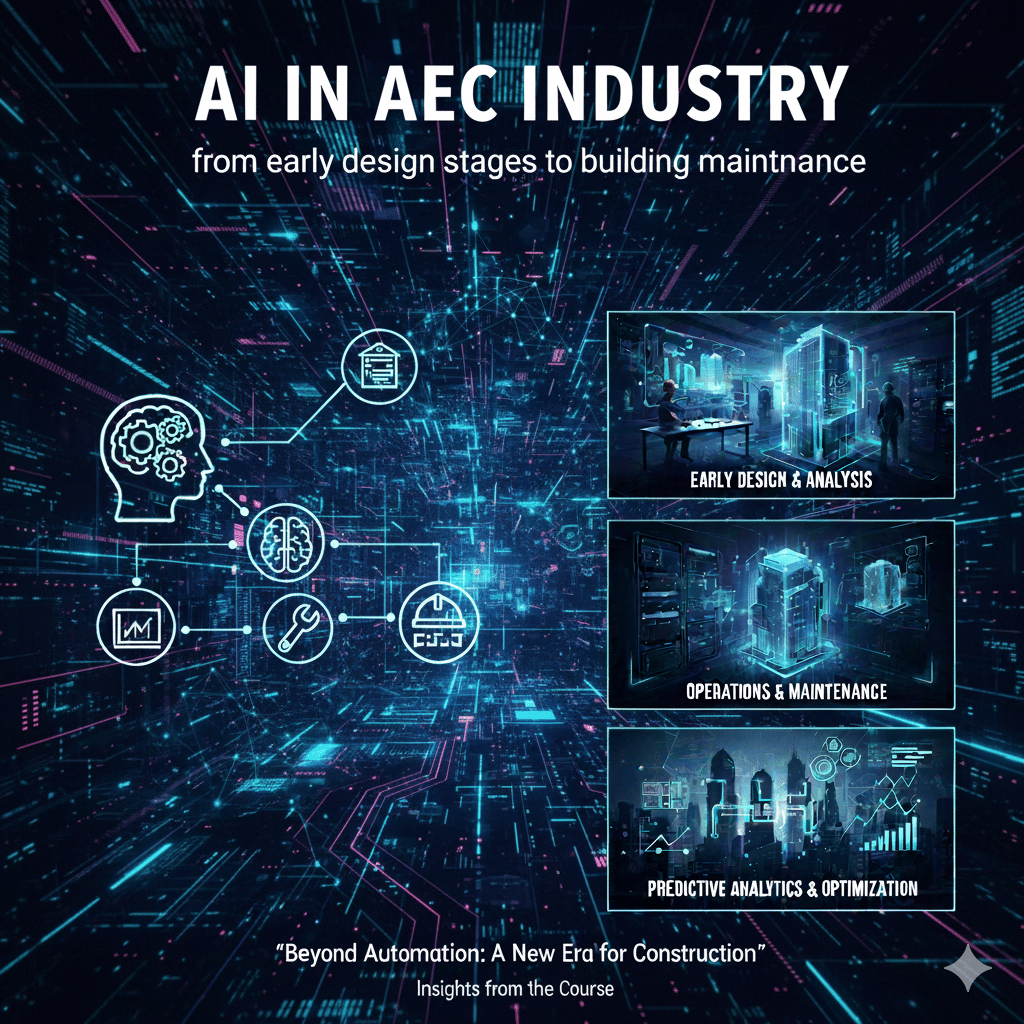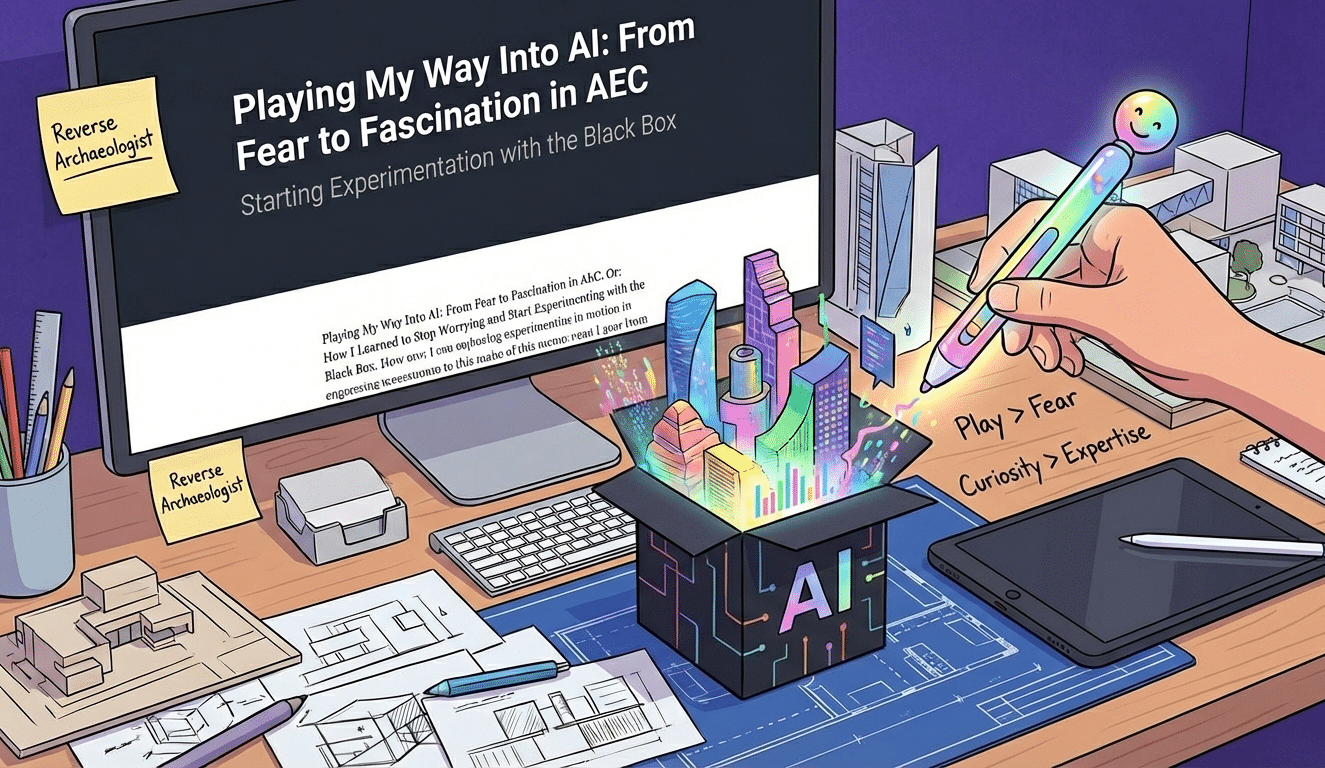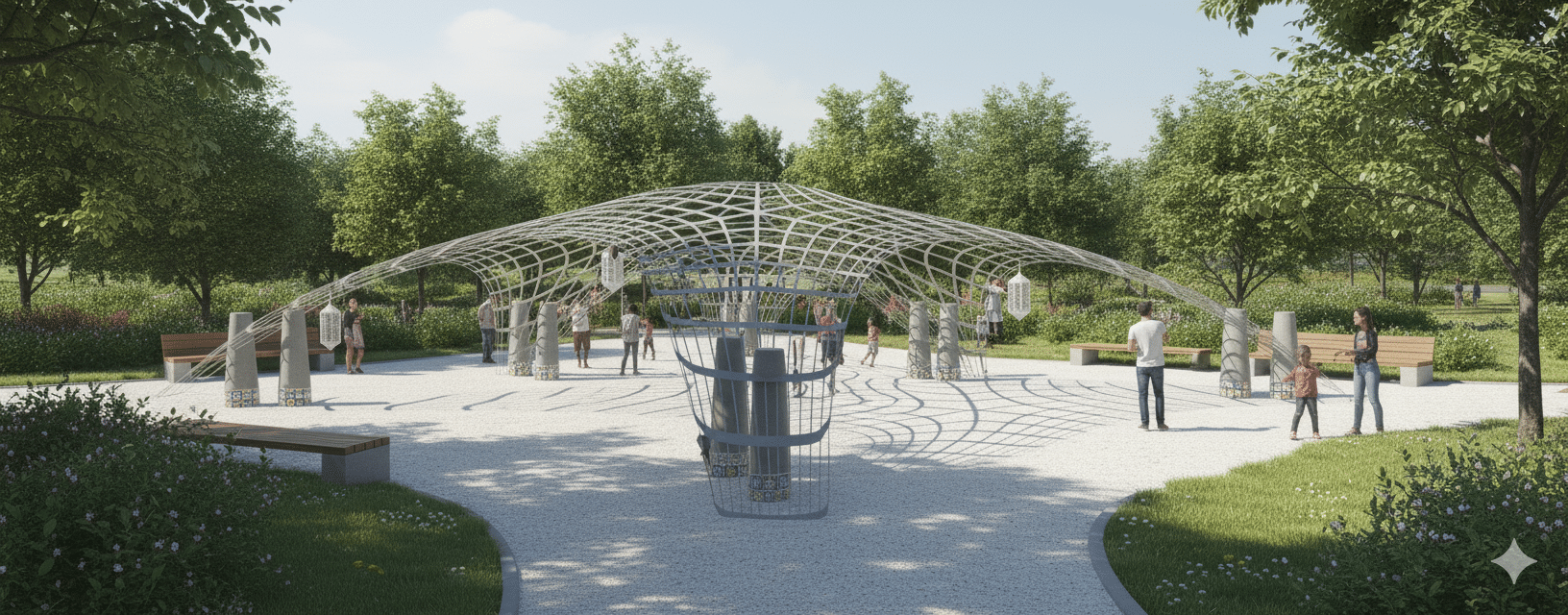AI in AEC: Decision Support Across the Lifecycle
AI in AEC is often pitched as a design generator or a shortcut to faster output. We pushed a more real definition: AI’s purpose is decision support, helping teams see risk earlier and choose better options, while humans remain accountable. AEC is a chain of high-stakes decisions made under pressure: feasibility, coordination, procurement, construction risk, … Read more

